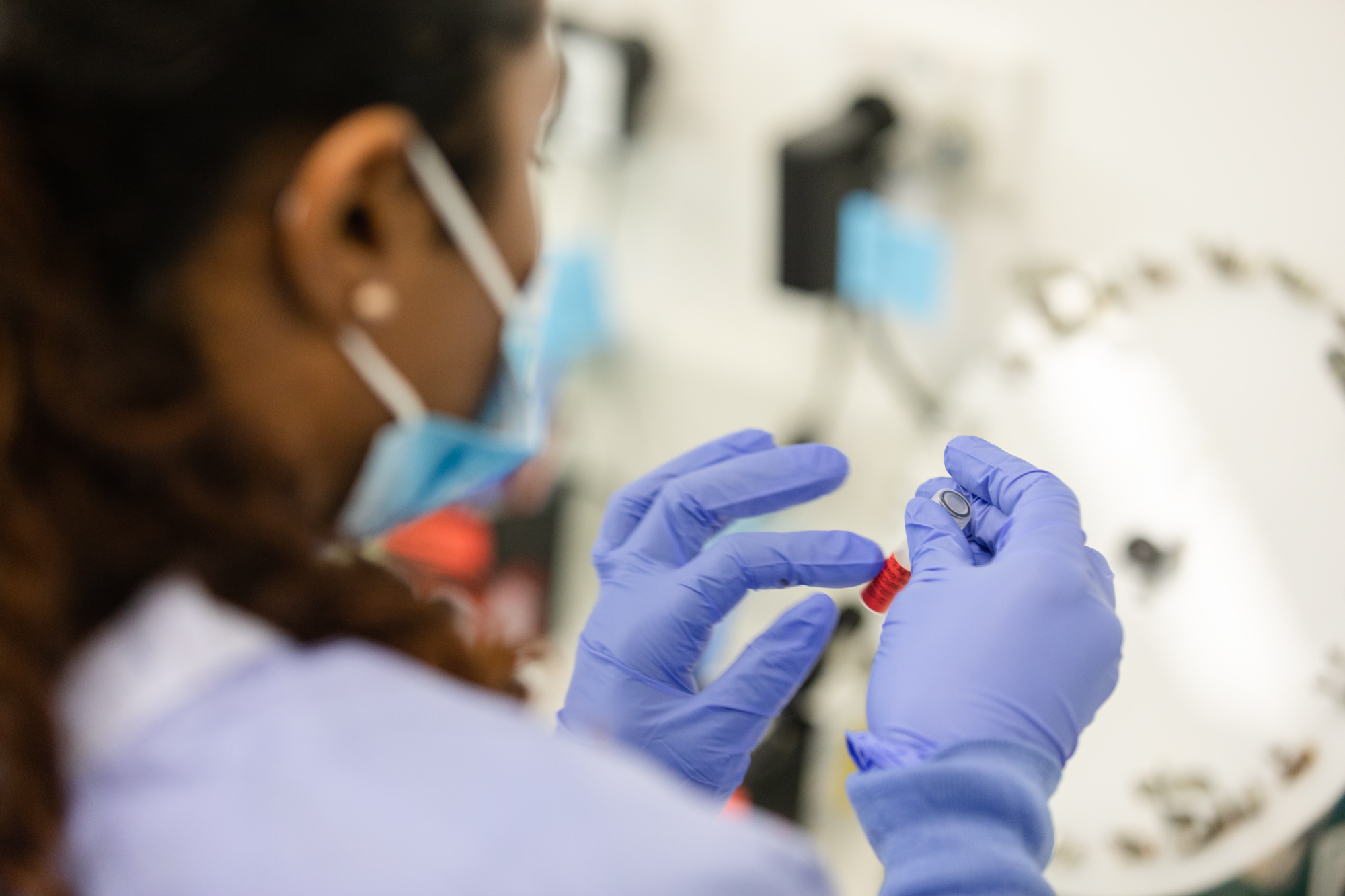
Why quality matters
World leader in the science of quality for infectious disease testing
Every day around the world, millions of people are tested for infectious diseases – including influenza, Hepatitis, HIV and COVID-19.
Keeping us all safe and connected relies on the accuracy of this testing.
NRL is a global leader in the science of quality for infectious disease testing. We support laboratories in more than 70 countries to ensure that their results are accurate, consistent and reliable.
From a new laboratory in London, to a point-of-care test in Mongolia, from a blood bank in Manila to a public laboratory in Melbourne – NRL’s mission is to create healthy communities across the globe, through supporting accurate, high-quality infectious disease testing.
Products and services
Explore what we offer

Our Story
NRL - designated as a WHO Collaborating Centre in 1985
Australia’s National (Serology) Reference Laboratory (NRL) was first established as part of the Australian Government’s HIV and AIDS strategy in 1985 and later that year was designated as a World Health Organisation (WHO) Collaborating Centre for Diagnostics and Laboratory Support for HIV and AIDS and other Blood-borne Infections.
Featured posts
The latest from NRL Quality
March 2025
Free QC Seminars – Register Now!
February 2025
41st NRL Workshop on Infectious Disease Testing
February 2025


